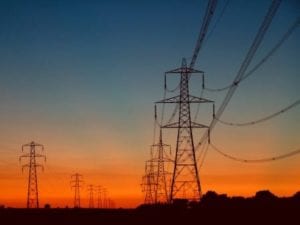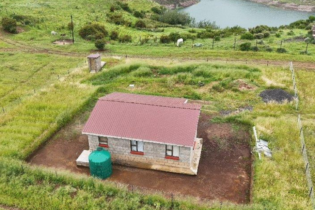When 2011’s clock ticked over to 2012 almost a third of the country’s municipalities lacked municipal managers, a crucial function in the efficient management of a municipality, and service delivery. Added to this is the widespread backlog in electricity infrastructure maintenance in most municipalities – which is a distinct threat to South Africa’s economy, and its social stability.
While government has announced its big infrastructure investment plan, and a good part of this will be focused on dealing with the R33 billion electricity infrastructure maintenance backlogs, the longer it takes to get things moving the worse the logjam will become. Engineering Council of South Africa CEO Ozzie Franks has said that the bottom line is our need to ensure adequate, and even optimal, electricity distribution. “We cannot do this without maintenance, and the reason local authorities are not investing in electricity infrastructure maintenance is that they are not sure of the future ownership of those assets. There was a move to transfer ownership to ten regional electricity distributors (REDS) but the government needs to clarify asset ownership and responsibility,” he said. Cabinet last year disbanded the electricity distribution industry company EDI Holdings, an entity created to drive the restructuring of the electricity distribution industry, and has yet to say which entity now has that responsibility. Mthobeli Kolisa, the municipal infrastructure services executive director at the South African Local Government Association (SALGA), says the R33 billion electricity maintenance backlog is not only a problem for municipalities – some of the ageing infrastructure belongs to Eskom. But, while the power utility has funding for refurbishment, the municipalities have to come up with their own funding, from tariffs. But, the electrifying problem is that infrastructure is overloaded and overdue for refurbishment, especially given the high rate of urbanization in South Africa. It is not municipal negligence, but political indecision that needs to be addressed with some urgency.“For three to four years now, we have been telling government that refurbishment is unavoidable and needs to be initiated if we wish to prevent our now inadequate electricity distribution infrastructure to hurt South Africa’s economic hubs,” Kolisa said.
Inadequate electrical power, aggravated by rail and port inefficiencies in particular, are considered to have held back the expansion of mining production and its contribution to the economy. A survey by the South African Chamber of Commerce and Industry, released earlier this year, found that service delivery problems were hurting business. Respondents placed road maintenance (39.7%) top of the list, electricity distribution (32.9%) second and water and sanitation (12.3%) third. Corruption and ineptitude bedevil the situation. Auditor-general Terence Nombembe says the government’s 2010/2011 accounts contained “unauthorized” expenditure and maladministration of more than R20 billion. A Treasury report says that municipal finances have deteriorated. Of the 187 municipalities, 66 are in financial distress and 37 close to it.Tim Harris, the DA’s spokesman on finance says infrastructure maintenance is crucial and that we should be investing around 10% of gross domestic product (GDP) on infrastructure. That would be R330 billion this year. However, the current infrastructure commitment across government is only R257 billion. This leaves us with a shortfall of around R73 billion. While our
Photo source: Jbaynews.com










